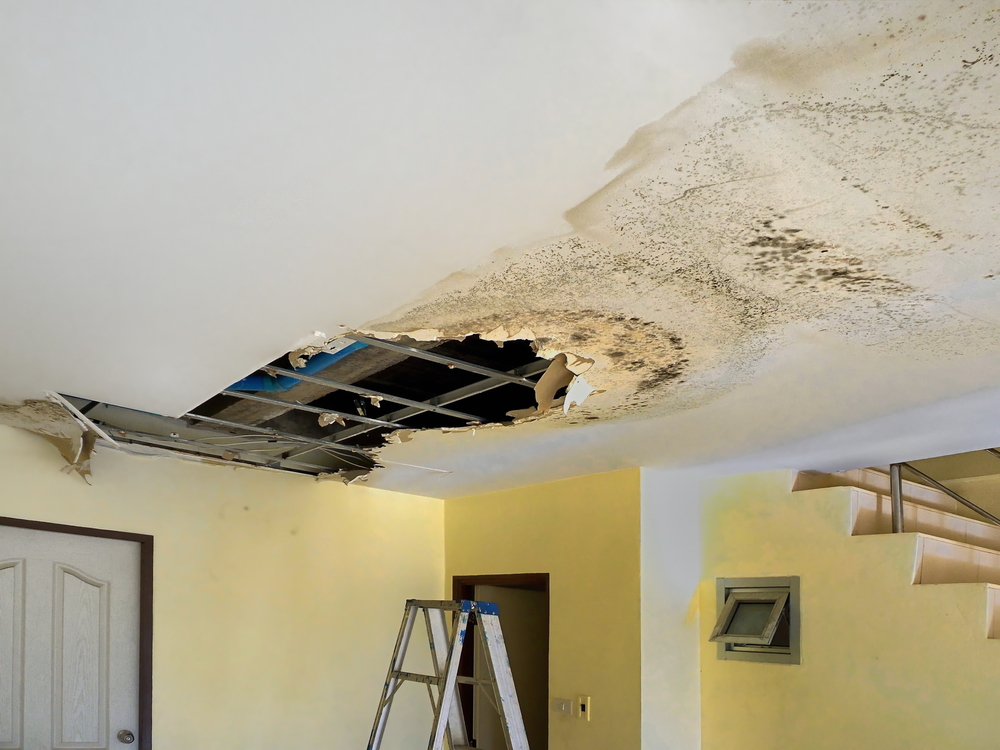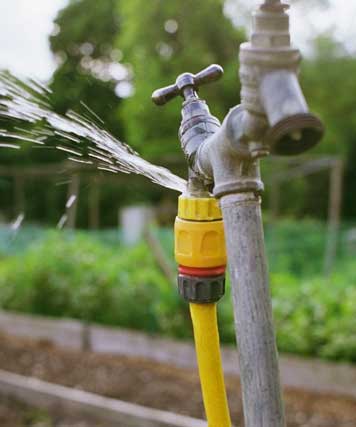6 Ways to Find Hidden Water Leaks in Your Home
6 Ways to Find Hidden Water Leaks in Your Home
Blog Article
Just how do you actually feel when it comes to Detecting hidden plumbing leaks?

Early detection of leaking water lines can mitigate a possible catastrophe. Some small water leaks may not be noticeable.
1. Check Out the Water Meter
Inspecting it is a proven means that helps you discover leakages. If it moves, that shows a fast-moving leak. This suggests you may have a slow leakage that might even be underground.
2. Check Water Consumption
Assess your water costs as well as track your water consumption. As the one paying it, you should notice if there are any type of discrepancies. If you find sudden changes, in spite of your usage coinciding, it means that you have leaks in your plumbing system. Remember, your water costs should drop under the exact same range every month. An unexpected spike in your costs indicates a fast-moving leakage.
At the same time, a consistent increase on a monthly basis, despite the very same behaviors, shows you have a slow leak that's likewise gradually intensifying. Call a plumber to thoroughly check your home, especially if you really feel a cozy location on your flooring with piping below.
3. Do a Food Coloring Examination
When it comes to water intake, 30% comes from commodes. If the shade in some way infiltrates your bowl throughout that time without flushing, there's a leak between the storage tank and also dish.
4. Asses Outside Lines
Don't neglect to check your outside water lines as well. Ought to water seep out of the link, you have a loose rubber gasket. One tiny leakage can throw away bunches of water and increase your water bill.
5. Evaluate the situation and evaluate
House owners ought to make it a habit to examine under the sink counters as well as even inside cabinets for any type of bad odor or mold and mildew growth. These 2 red flags suggest a leakage so punctual attention is needed. Doing regular examinations, even bi-annually, can save you from a major trouble.
If you recognize your house is currently old, keep a watchful eye on your heaters, hoses, pipes and so on. Look for stainings and compromising as a lot of devices and pipes have a life expectancy. They will likewise normally weaken because of tear as well as put on. Do not wait for it to rise if you believe dripping water lines in your plumbing system. Call a specialist plumber immediately so you do not end up with a dreadful mess in your home.
Early discovery of leaking water lines can alleviate a possible calamity. Some small water leaks might not be visible. Checking it is a guaranteed method that assists you discover leakages. One tiny leakage can throw away tons of water and increase your water costs.
If you believe leaking water lines in your plumbing system, don't wait for it to rise.
WARNING SIGNS OF WATER LEAKAGE BEHIND THE WALL
PERSISTENT MUSTY ODORS
As water slowly drips from a leaky pipe inside the wall, flooring and sheetrock stay damp and develop an odor similar to wet cardboard. It generates a musty smell that can help you find hidden leaks.
MOLD IN UNUSUAL AREAS
Mold usually grows in wet areas like kitchens, baths and laundry rooms. If you spot the stuff on walls or baseboards in other rooms of the house, it’s a good indicator of undetected water leaks.
STAINS THAT GROW
When mold thrives around a leaky pipe, it sometimes takes hold on the inside surface of the affected wall. A growing stain on otherwise clean sheetrock is often your sign of a hidden plumbing problem.
PEELING OR BUBBLING WALLPAPER / PAINT
This clue is easy to miss in rooms that don’t get much use. When you see wallpaper separating along seams or paint bubbling or flaking off the wall, blame sheetrock that stays wet because of an undetected leak.
BUCKLED CEILINGS AND STAINED FLOORS
If ceilings or floors in bathrooms, kitchens or laundry areas develop structural problems, don’t rule out constant damp inside the walls. Wet sheetrock can affect adjacent framing, flooring and ceilings.
https://www.servicemasterbyzaba.com/blog/how-to-detect-water-leakage-in-walls/

I'm just very inquisitive about Locating water leaks and I'm hoping you liked my post. If you please take the opportunity to promote this blog entry if you appreciated it. Thank you for your time spent reading it.
Report this page